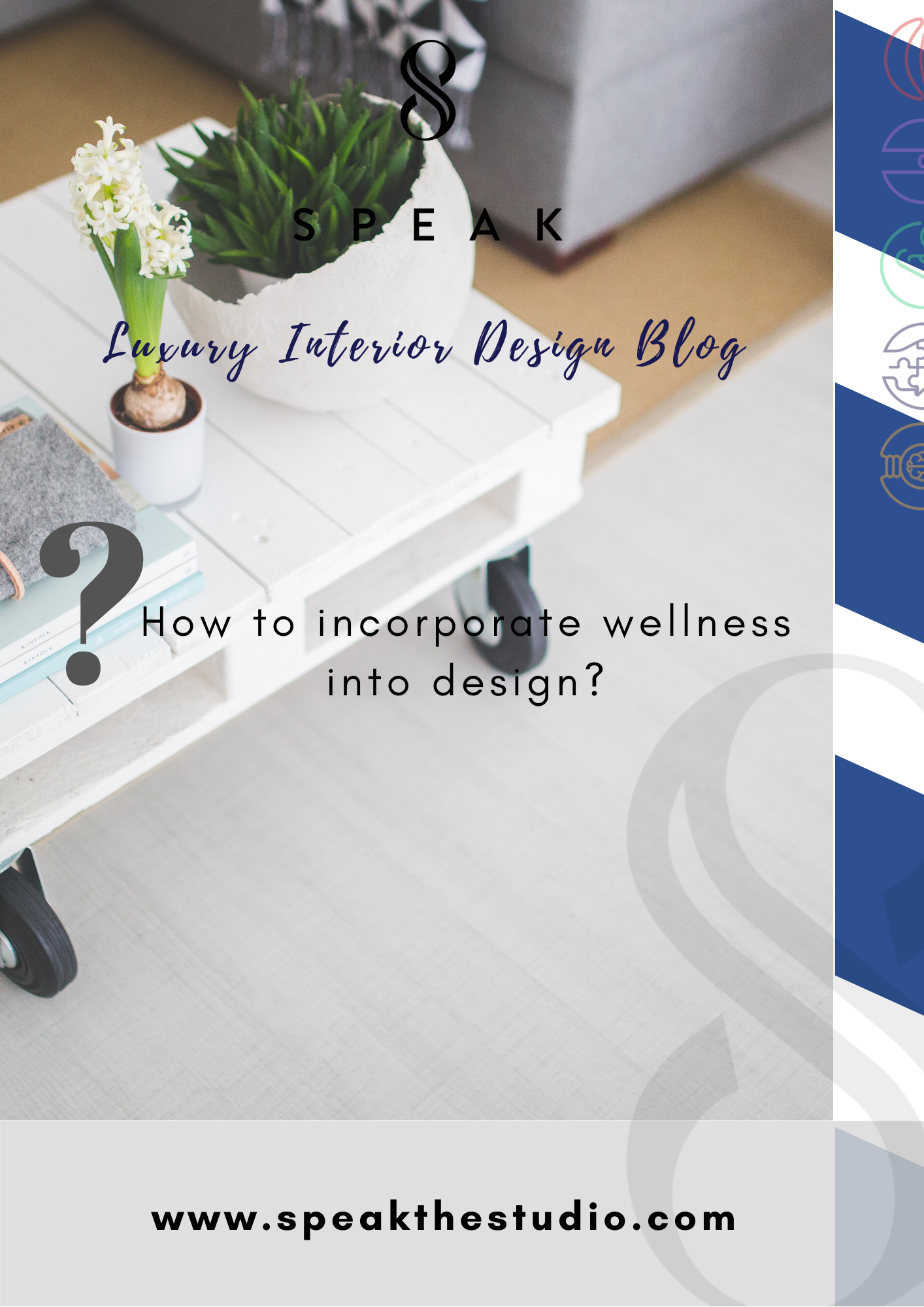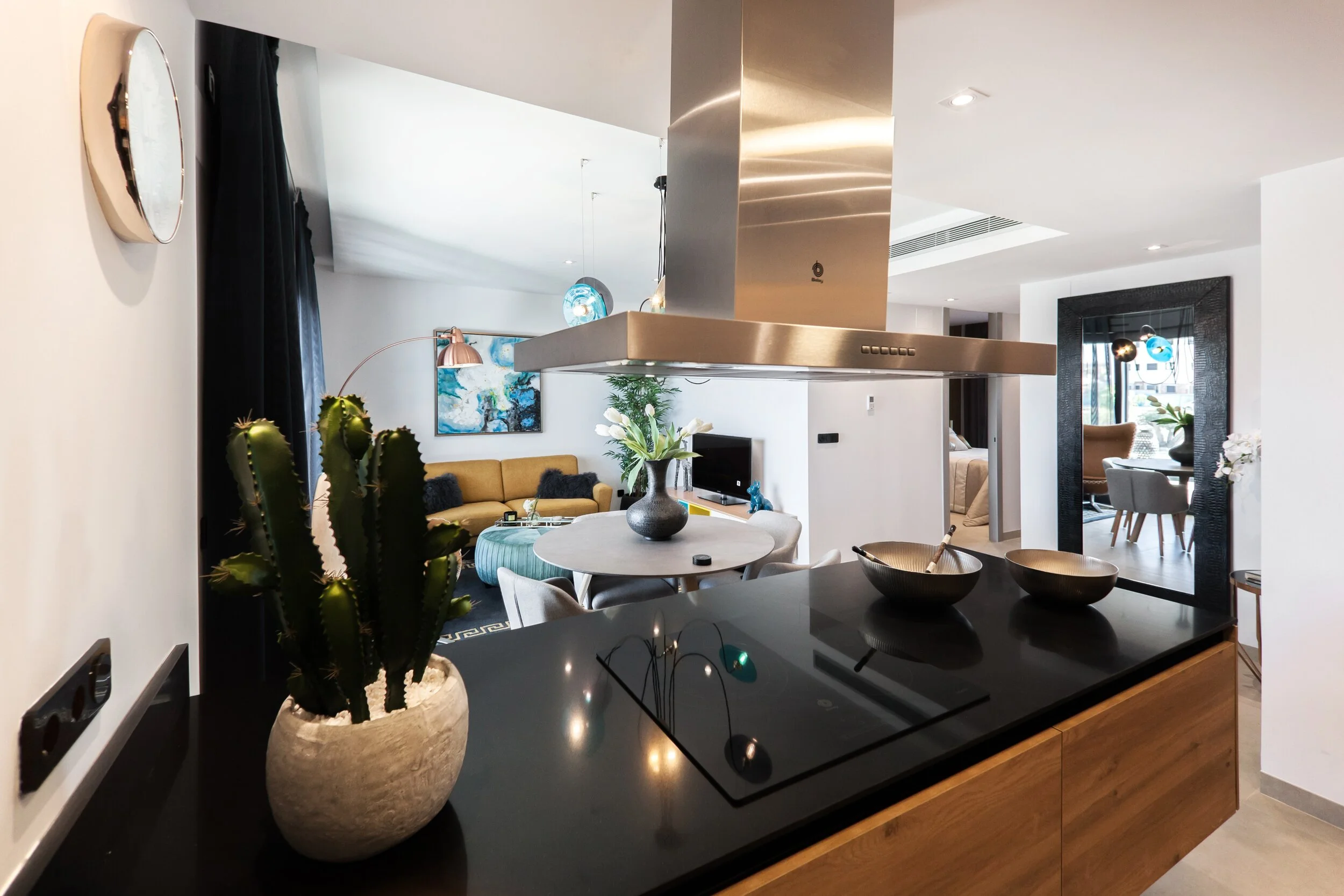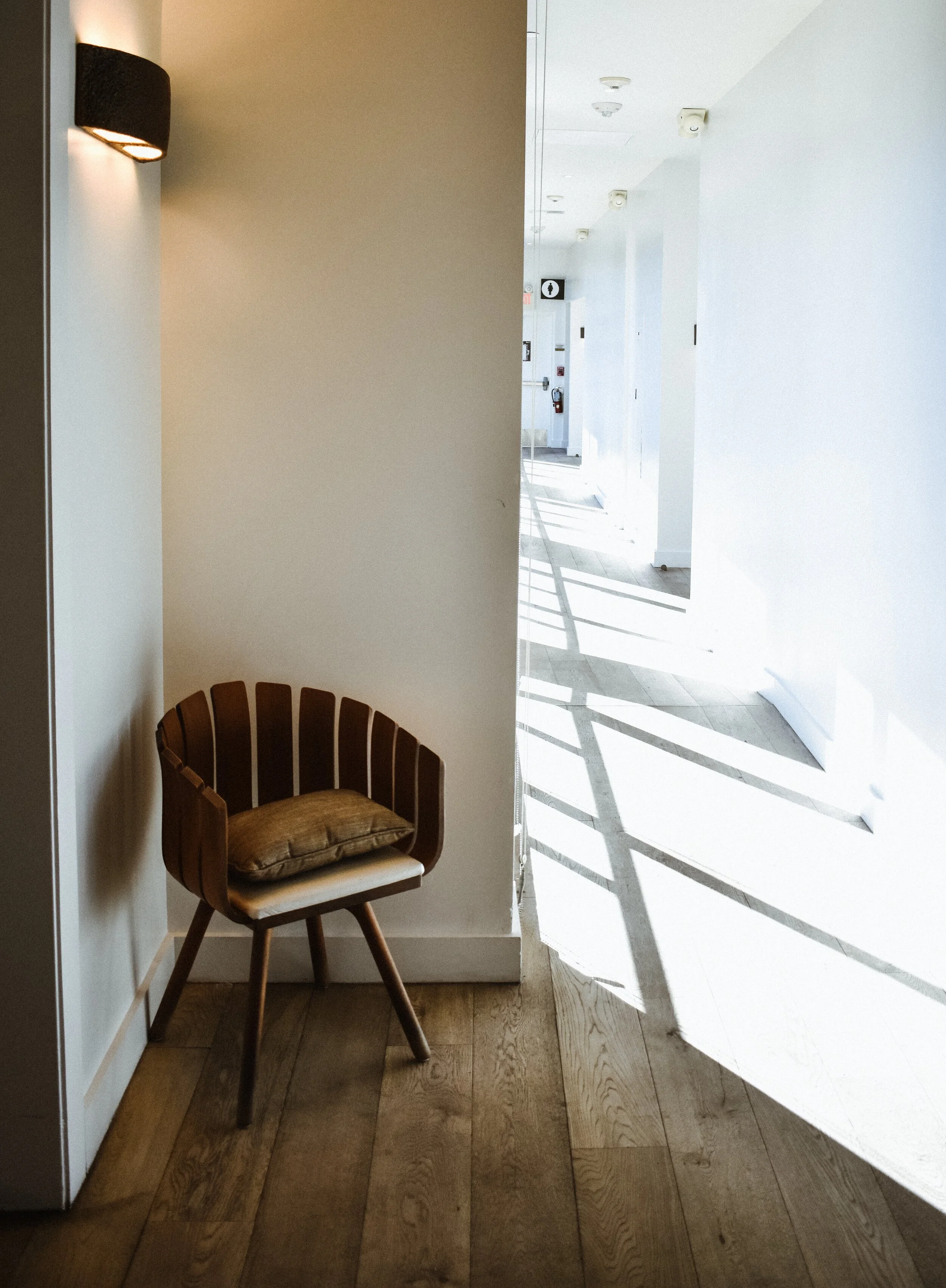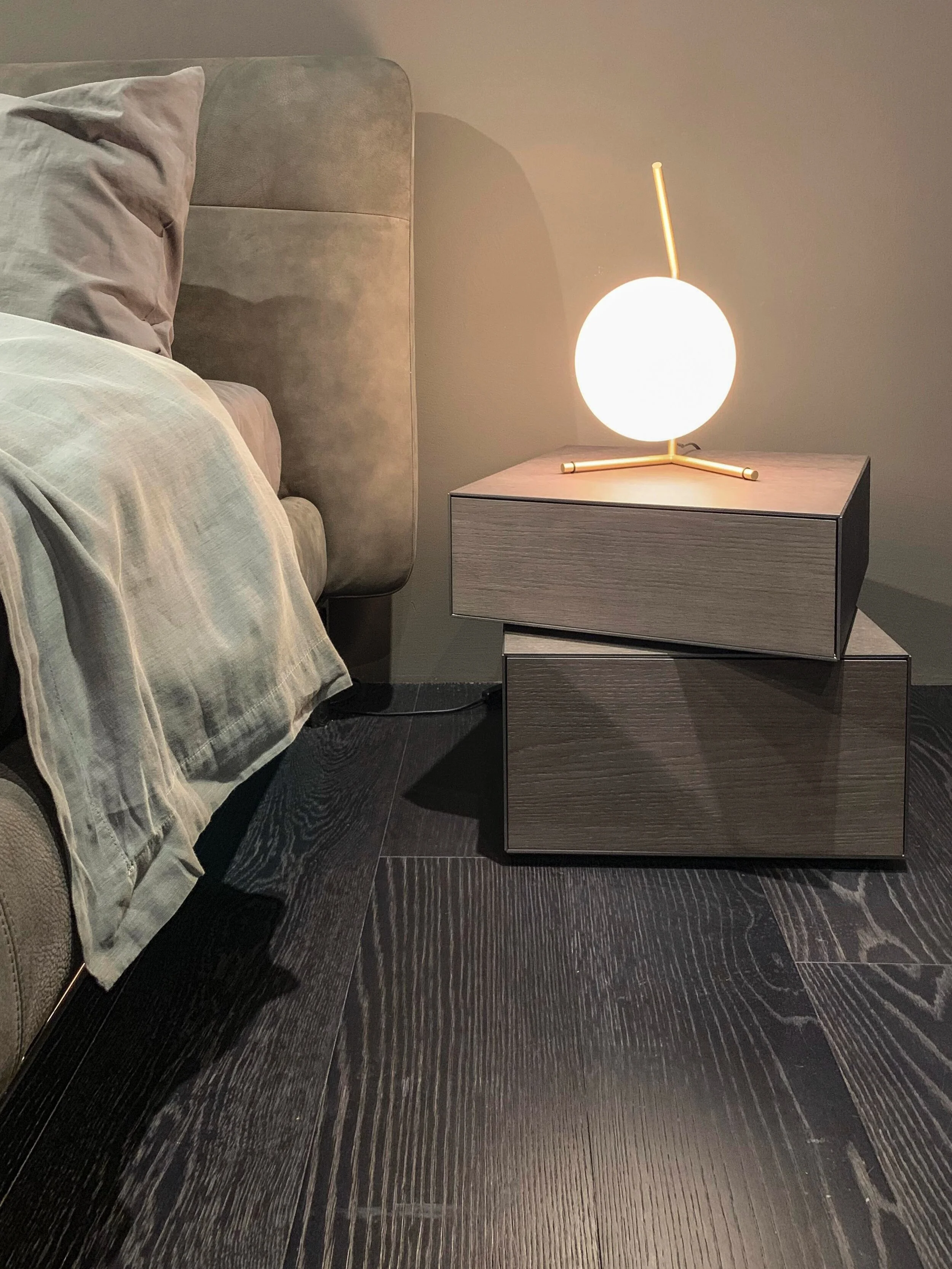Interior Design Ideas-'How To' Incorporate Wellness Into Your Space?
HOW TO INCORPORATE WELLNESS INTO INTERIOR DESIGN.
Wellness, not the most elegantly sounding word, but it is the significance behind it that matters. When thinking about the concept of wellness, you might be thinking what does Interior Design and this concept actually have in common?
WELLNESS DEFINED…
Think about it, every interior space you engage with has an impact on your health and wellbeing, every element of the interior space from the materials selected to build the structure, to the lighting and layout, they all play a vital role in your experience. Wellness focused interior design is becoming a growing design ethos; we must acknowledge that residential and commercial spaces can greatly influence our physical health, as well as our emotional state of mind. From infrared saunas and circadian light technology, to fitness concierges and mindful product sourcing, wellness amenities are growing bigger and better. The design concept is becoming more and more prevalent within the design agenda, driven forward by the environmental and global health crisis.
The National Wellness Institute (NWI) in the USA, have built upon the definition of wellness defined as holistic physical and emotional wellbeing, by adding four additional dimensions: intellectual, occupational, social and spiritual. According to the NWI, “wellness is an active process through which people become aware of, and make choices toward, a more successful existence.”
Wellness-focused design includes lighting, materials, air and sound quality, neutral colour palettes, biophilic design (see our Biophilic Design Blog) greenery, and outdoor-indoor space integration.
How you want to do interior design wellness is entirely up to you: Do you want to be sustainable? carbon neutral? Explore Life cycle issues? A Circular economy? Water conservation? There are so many ways you can pursue it, the brilliance of it being whichever route you decide to pursue, there will always be an added benefit from a health and wellbeing perspective.
One great tip from us to you would be: Don’t assume a more mindful material is more expensive and has less aesthetic appeal. Nothing excites us more than creating projects in a healthy, ethical, and moral way. Wellness should be a multifaceted approach to living that promotes being well in all areas of life, home and work.
Interior design with wellness in mind is to design with the intention to create a better lifestyle. Science backed data has provided concrete proof (no pun intended!) that buildings, especially our own individual home environments, play a key role in our overall health: how we live, eat, sleep work and play is fundamental to how we feel. Extensive research from The Well Building Standard (International Well Building Standard Institute) has revealed that we need to be more consciously aware of the impact of our surroundings, as they have the capability of making you flourish and thrive.
Incorporating wellness into interior designs does require expertise and professional guidance. To get you thinking about this concept we take a look at some interior space ideas and strategies that can be implemented:
EMOTIONAL SCIENCE…
Have you ever heard about the Pleasure-Arousal-Dominance Hypothesis (Mehrabian & Russell, 1974)? Before positive psychology was born, environmental psychologists studied how humans interact and are influenced by their environments. Mehrabian & Russell hypothesized that humans have three primary emotional responses to space: pleasure (positive feelings), arousal (excitement or challenge), dominance (control over their environment) and that they are most satisfied when all three emotional needs are met. Human behaviour in any environment is affected directly by emotional impact. It is not rocket science, the math is simple, when people have work environments that do not provide them with any control over their space, they are disengaged and dissatisfied. The opposite is also true: Work environments that are pleasing aesthetically, fun, have a variety of settings and offer users some control (thermal comfort, lighting, personalisation, adjustability/flexibility of furnishings, etc.) result in more engaged and satisfied workers. Utilising this hypothesis when designing interior spaces can inform the resulting design to better predict the users emotional and behavioural responses in that space. Architects, Interior Designers and the creative industry are all taking note of the role of the human senses as the basis of a design project.
FOSTERING FLOW: KITCHEN…
The need for incorporating multiple work zones within your kitchen design is a must! A badly designed kitchen space, however small should allow for multiple zones designed to take the stress out of preparation, serving and utilising the space from a functional perspective. Placement of counter-top space is crucial to being able to move around the area, the idea being, limited movement in each zone to allow the flow of function within the required zone. Large opening windows improve cognitive function by adding oxygen to your air.
BEDROOM…
Bedrooms are a sacred sanctuary, the most important room in a home, and a place for unlimited potential in terms of wellness design. The bedroom is a space for recovery and relaxation. Your brain is processing all your experiences from the day while your body is rebuilding health and strength. A colour palette is key in this space for bringing balance, energy and relaxation and it is essential how this interior space makes you feel when you are in it, rather than the overall aesthetic goals you have envisioned for this space. Non-toxic water based paints have seen a dramatic rise, forcing manufacturers to produce trend led colours in this format. Non-toxic by the very definition should be free from VOC solvents, so do beware. We partner some of the best boutique, small non-toxic paint companies now producing bespoke colours and finishes at request. Larger well known manufacturers are also tapping into this design concept and producing their own equivalents in limited edition quantities to test the consumer market.
FLOORING…
There are many sustainable materials available now that fulfil the sustainable and wellness brief, some even have additional benefits such as a built in anti-bacterial function. There are an array of materials fulfilling wellness-criteria, such as Bamboo: safe, durable and eco-friendly. Cork flooring: moisture resistant and made from renewable resources. Marmoleum: natural linoleum is bio-based, highly durable, antibacterial, and easy to maintain. Technological advances have meant sustainability and wellness can become key focus areas for design. Investment in these concepts is delighting both the consumer and the design industry. At SPEAK we envisage consistent focus on these areas for the next decade.
HOME OFFICE…
Well it is often the most neglected room from an Interior design perspective, and arguably the most utilised space! Great design can reimagine the office space transforming it with wellness, through concepts that bring the outside in, helping you to feel connected to something other than technology. At SPEAK we are seeing a shift away from social platforms and a need to feel more connected with nature and human beings. It is an interesting dynamic that there is a desire to return to days before technology and social media engagement, without losing the benefits technology brings. The “new office” has become a hub, harvesting engaging elements that evoke calm and creativity.
There are so many unexplored areas yet to emerge from these interior design concepts and we foresee more experiential engagement, as we believe this is the future of wellness within interior design. Spaces becoming alive, either through nature, AI, augmented reality or physical engagement. Creating engagement in spaces makes the space more memorable. Our foresight is that you will see an emergence of experiences in spaces where you would not expect to see them. The future for interior design is exciting and we cannot wait to speak, touch, listen, engage and inspire.
We do hope you enjoyed reading this informative blog:
Connect | Comment | Share
Speak Soon!







